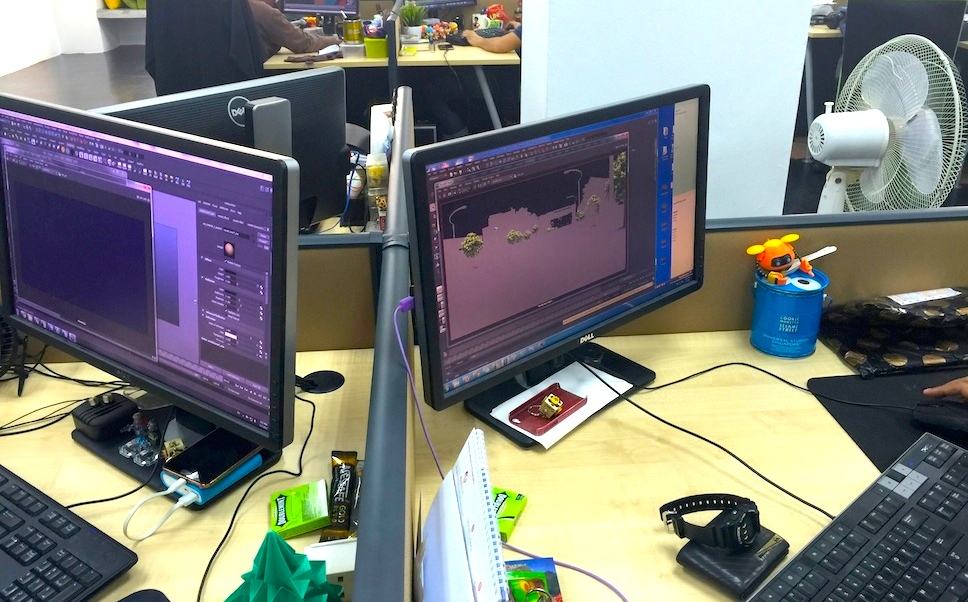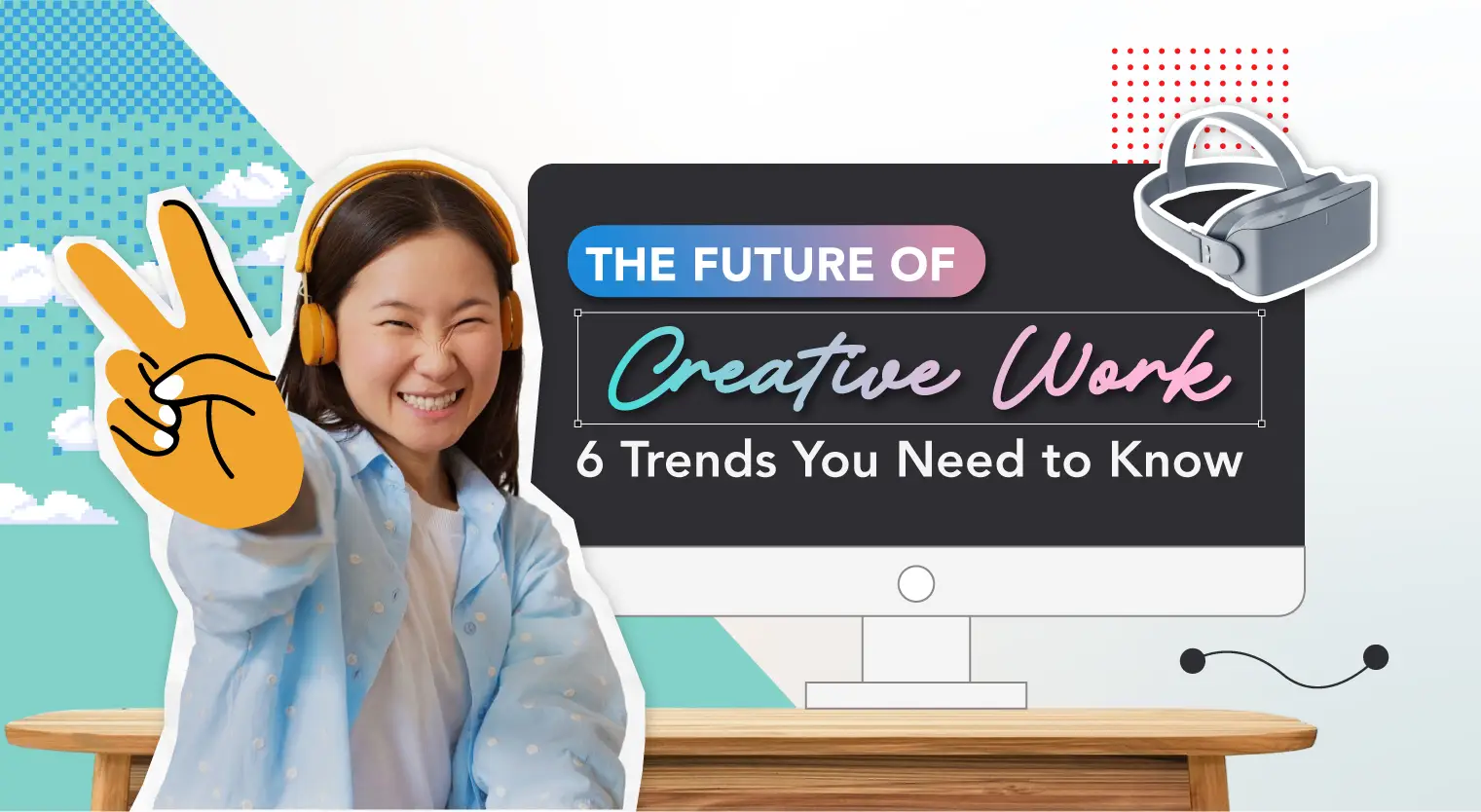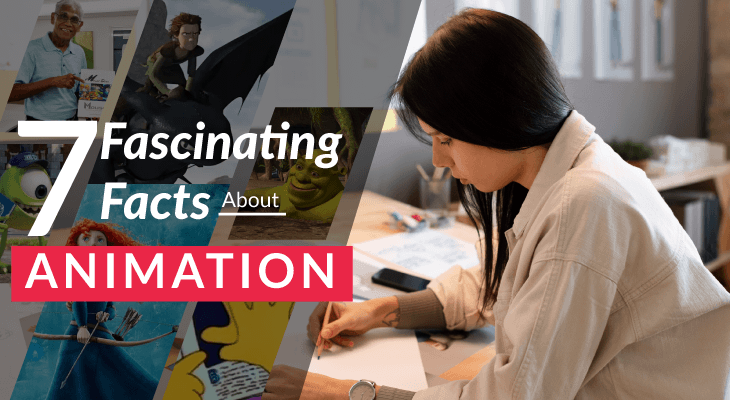6 Surprising Insights from a 3D Digital Animator
Ever wanted to create animated cartoons or delve into visual special effects? We spoke to Kee Yong Pin, Chief Operating Officer of Animonsta Studios, the people behind Malaysia's successful animated series BoBoiBoy, to find out what it takes to be a 3D animator in Malaysia!
Updated 18 Nov 2016
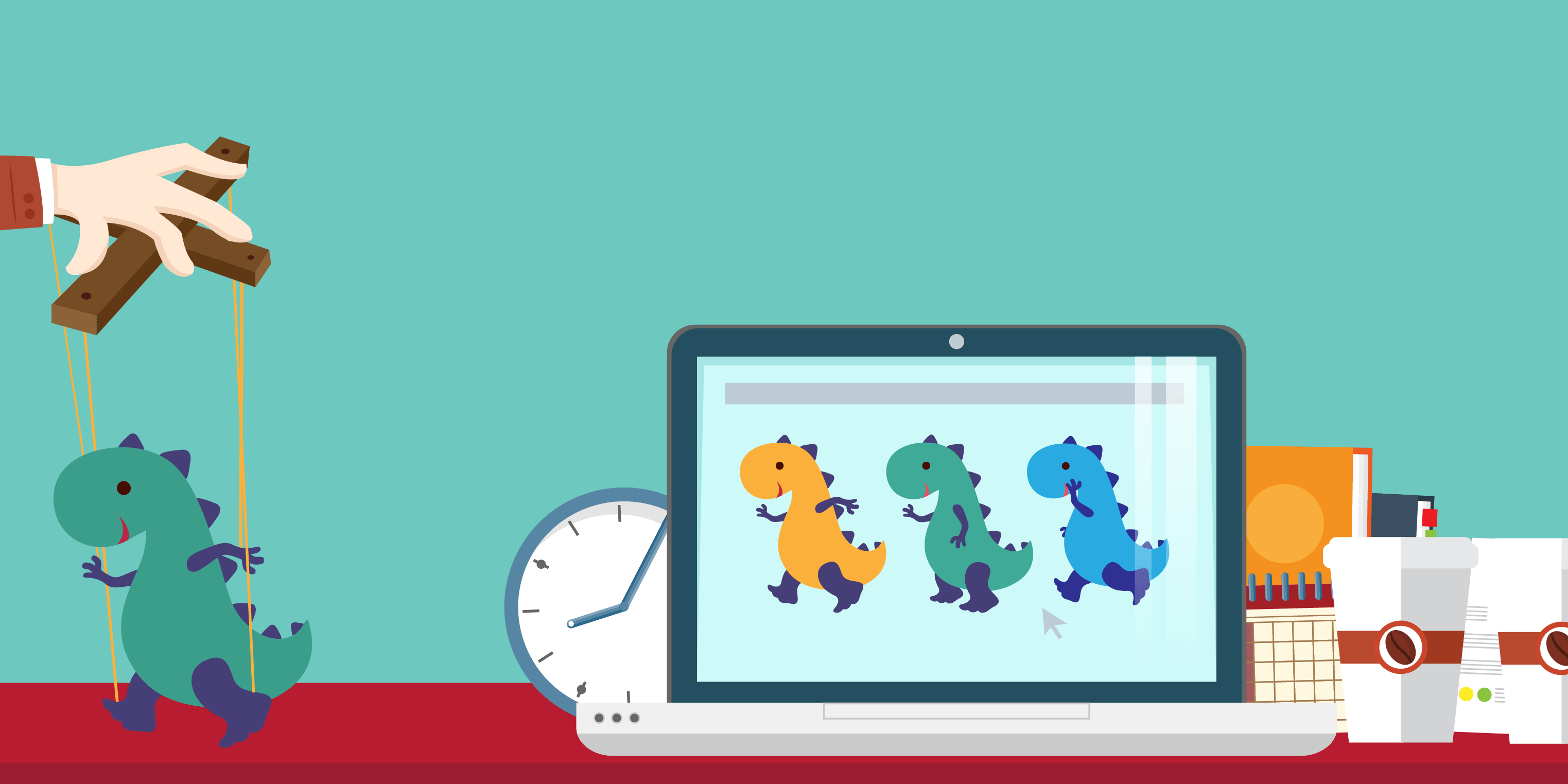
In Partnership with:
The world loves a good superhero. Yet, Malaysian superheroes are few and far between.
But one boy, together with his motley crew of alien-battling friends, is changing all that and redefining Malaysian superheroes.
His name is BoBoiBoy, the star of our very own homegrown animated series that's hugely successful around the globe. It has an average viewership of 700,000 per episode (sometimes going up to 1.7 million) and is shown in 44 countries worldwide.
Yes — forty-four countries. How’s that for Malaysian pride?
We sat down with Kee Yong Pin, Chief Operating Office of Animonsta Studios, the masterminds behind BoBoiBoy to get a glimpse into the magical world of 3D animation and to find out what it's like to be a 3D animator in Malaysia.
Here are some surprising (and inspiring!) insights that we’ve gained.
1) You don’t have to be good at drawing

Being able to draw really well is important for 2D animation, which requires you to draw EVERY single expression and movement, frame by frame.
However, it isn’t the same for 3D animation. 3D animation is a lot like moving a 3D puppet. After the character has been designed and modelled, it’s about bringing it to life through movement and expression — all with the help of computer programmes!
3D animation has opened up a world of opportunities for those who want to animate, but have not been able to master the art of drawing to become the great artist that 2D animation requires.
“It has helped me realise my childhood dream of becoming an animator,” Kee tell us passionately.
He isn’t alone. According to Kee, about 85% out of his 60-strong team of animators can’t draw!
So, if you’ve always wanted to make animations, don’t lose hope because you’re not making headway as the next Leonardo Da Vinci. You can still pursue your dreams and dig deep into your artistic side by venturing into 3D animation!
2) Discipline is more important than creativity & passion

You might think that as a creative animator, you get to work whenever you feel like it, sleeping in till noon and blazing through the night when inspiration strikes you. After all, your talent only shines through in the wee hours of the night. Surely that’s one of the benefits of being creative?
But Kee says that discipline is so much more important.
In order to be able to meet tight deadlines, it is crucial that the entire team is on the same schedule. After all, creating an animated series isn’t solely based on the efforts of one creative genius. It takes the effort of an entire team!
“There’s also our biggest boss to consider — the kids. Impatient kids waiting for the next episode to be released,” Kee tells us. “There is simply no reasoning with kids.”
Perhaps what’s most telling is the fact that by showing up everyday, you will be honing your skills and practising your craft. Remember that many talented people only achieved success because of their discipline, focus and hard work!
3) Lots of hard work — tiny, but with rewarding results

“Each animator produces about 144 frames a day,” Kee tells us.
Sounds a lot for a day’s work, doesn’t it?
But that translates to just six seconds of animation footage. A 25-minute episode of BoBoiBoy can take about 3 to 4 weeks to complete. And that’s after optimising their animation pipeline due to limited resources and punishing deadlines.
“It’s a lot of hard work,” Kee admits. “But it’s so extremely rewarding. You won't regret it.”
Imagine seeing kids jumping around imitating a scene or memorising the lines of an entire episode that you painstakingly took hours to animate — the feeling is unlike any other! It’s a great privilege to be a part of someone’s childhood memories, and who knows, it may one day be your own children’s favourite cartoon too!
4) It’s much, MUCH bigger than you

Every animator and artist works on a portion of the animation separately before it comes together. It’s kind of like building a jigsaw puzzle from scratch. Each person is holding a blank piece of jigsaw and needs to colour the picture in. The catch is — you only hold ONE colour.
The various departments — texturing, animation, lighting, compositing, rendering, sound and video editing — all need to work seamlessly together to ensure an incredible outcome.
“It’s a huge team effort,” says Kee of his 60-strong team.
And with each individual specialising and only working on just a tiny portion at any point in time (for example, as a lighting artist, you only work on lighting the entire day, everyday!), you can easily feel disconnected and lose motivation and passion in the process. Which is why it’s important to have a goal — a goal that’s bigger than just making cartoons or entertaining the kids.
“For us here at Animonsta Studios, it’s about building the confidence of our next generation,” says Kee. “We want Malaysians to grow up with our own cartoons so that they do not feel inferior to the Japanese or the West, who are more well-known for their media.”
“We want Malaysian kids to know that they can do it too.”

5) People will laugh at you and things will get tough. Don't give up.

Much like any childhood dream that doesn’t revolve around being a doctor, lawyer or engineer, wanting to be an animator will certainly attract lots of ridicule. Once you've reached a certain age, it suddenly becomes inappropriate for you to still be obsessed about cartoons, or doodling on the pages of your textbooks.
So it’s important to stick to your guns if it’s something that you really want to do.
“Don’t feel embarrassed about your dream,” Kee encourages. "There are many people out there who are making a living out of animations."
"And most importantly, don't let your parents stop you."
You need to know that things WILL get tough, and that many sacrifices will need to be made. Yet, Kee has this to tell aspiring animators:
Work hard to prove them wrong, and keep doing what you want to do.
6) Malaysia’s reputation in 3D Animation is growing

Today, the number of animation companies in Malaysia is steadily growing. In 2013, there were 330 active creative multimedia content companies, creating over 10,000 jobs and recording revenues of RM6.39 billion.
Kee says that there is a lot of talent in Malaysia. There's a sizeable amount of content on Disney Channel that's produced by Malaysian animation companies, including BoBoiBoy and Upin & Ipin.
The government recognises this, and has been extremely supportive in a bid to boost the local animation industry. It launched the Malaysia Animation Creative Content Center (MAC3), which supports animators by providing resources and grants. The Multimedia Development Corporation (MDeC) also has multiple initiatives in the works to push the local animation & gaming industry.
Kee says that MDeC has also been pivotal in supporting BoBoiBoy through various grants, including their upcoming movie BoBoiBoy: The Movie that's planned to be released later this year.
And his final words of advice...
"Animation has no expiration date," Kee says, citing Doraemon as an example of how the Japanese continue to evolve this loveable character, despite having existed for over 40 years.
"If you are really passionate about this, with the larger goal of bringing up the reputation of the local industry, then the future of animation is very, very bright."
BONUS: Here’s a peek at Animonsta Studios’ creative space:
Look at how detailed the animators go through each frame in order to create a beautiful animation

Once they are done animating, they will take each of the frames for sequencing, sequencing simply refers to the animated frames being arranged in a sequence following the storyboard. It is from this sequencing that you will get an animation scene
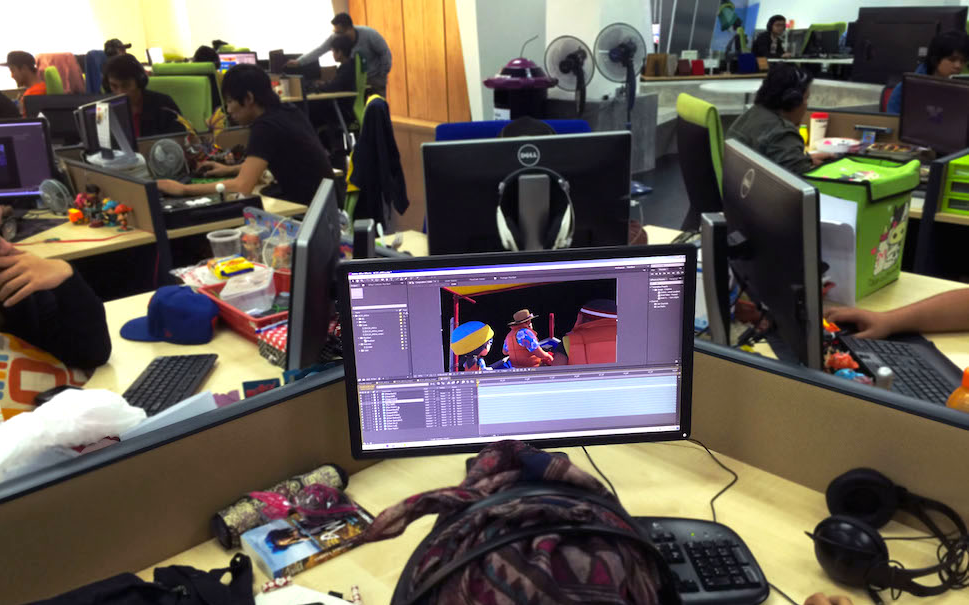
The next step would be to introduce the music and sounds that takes animation to the next stage
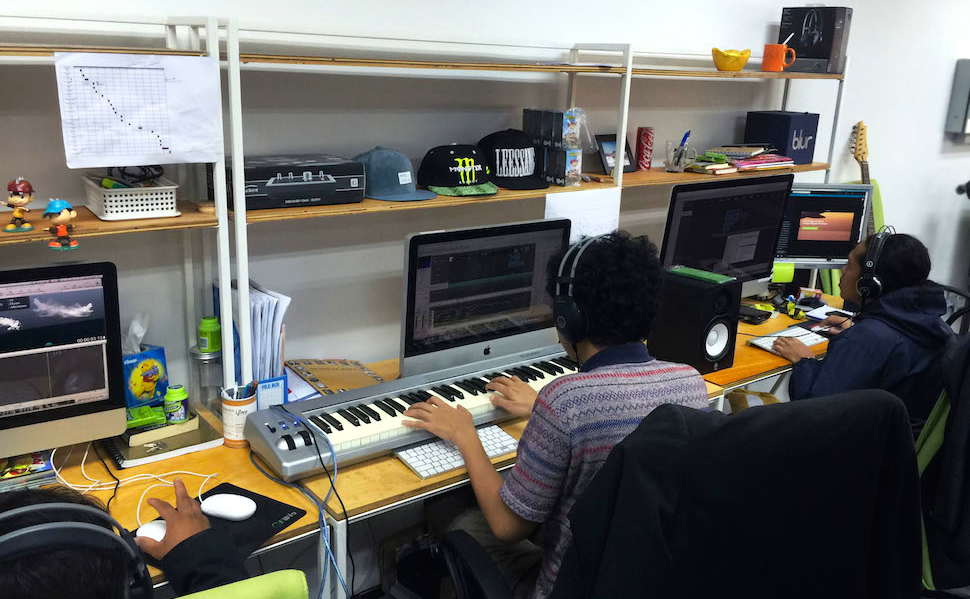
And the last step would be rendering the animation file for the final product which combines animation, sequencing and music.
